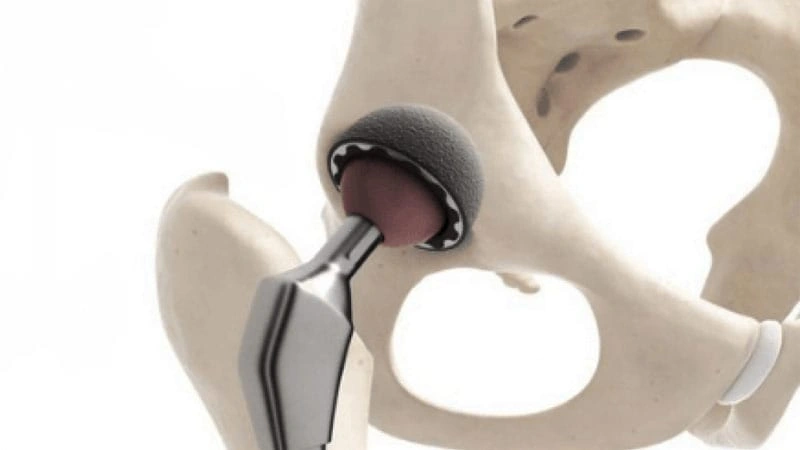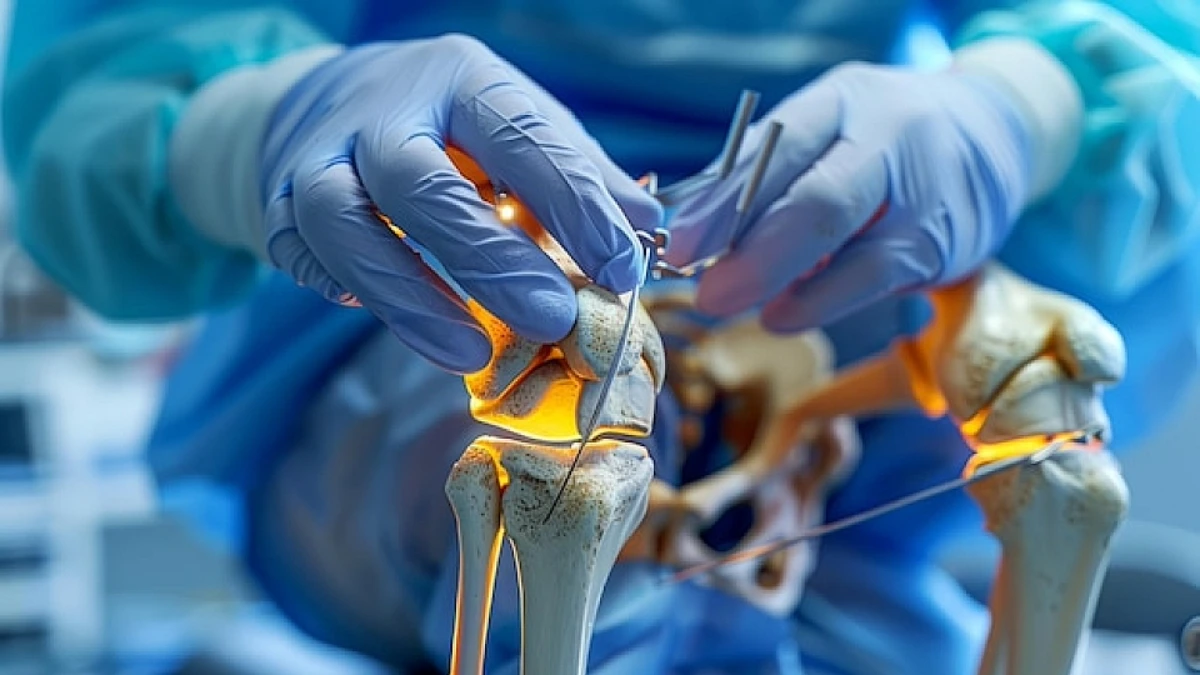
Hip Replacement Surgery Types
Total hip replacement
In this procedure, artificial implants are used to replace damaged hip sections.
Partial hip replacement
Includes replacement of just one hip joint. The majority of patients with hip fractures get this treatment.
Hip resurfacing
Younger, more active patients are the ones who most frequently have to resurface the femoral head and socket.
Hip Pain Reasons
Arthritis is the most common reason for hip pain. Other common types include osteoarthritis, rheumatoid arthritis, and traumatic arthritis.
Osteoarthritis
This kind of arthritis is caused by age. It mainly affects patients over the age of 50, and it is more common in people who have a family background of arthritis. The cartilage that supports the hip bones wears. The bones then rub together, resulting in hip discomfort.
Osteonecrosis
If there is insufficient blood supply to the ball section of the hip joint, which may occur as a result of a displacement or break, the bone may collapse.
Rheumatoid arthritis
This autoimmune condition causes thickening and inflammation of the synovial membrane. Pain and stiffness can result from the cartilage being damaged by this chronic inflammation.
Suitable Candidates for Hip Replacement
Total hip replacements have no absolute age or weight constraints. Surgery is advised depending on a patient’s pain and functionality. It could be recommended for you if:
Your hip discomfort is so bad that it affects your sleep and life quality.
It is difficult for you to work.
You have serious hip pain, oedema, and discomfort, and your movement is limited.
Other treatments have not helped you.
Preparing for the Hip Replacement
Your orthopaedic surgeon will examine you before the procedure. The doctor could ask about your medical status, and prescriptions you are taking, examine your hip, especially on the strength of the surrounding muscle, and request an X-ray and blood testing. Rarely an MRI is necessary.
How is Hip Replacement Surgery Performed?
The surgeon removes the injured femoral head and replaces it with a metal stem fitted to the femur’s base. Then, a metal or ceramic ball is put on the upper half of the stem. This ball replaces the removed damaged femoral head. The damaged socket cartilage surface is also removed and replaced with a metal socket.
After the Surgery
After the operation, you’ll be transferred to a recovery area for a few hours while your anaesthetic fades. Medical personnel will check your blood pressure, pulse, awareness, pain or comfort level, and medication requirements.
The length of your stay following surgery is determined by your specific needs. Many individuals can return home on the same day.
Within a day or two of surgery, the patients can walk with a cane, walker, or crutches.
Usually, there will be a dressing and drainage tube on the hip; these should be taken off the day following surgery.
For the following six to eight weeks, patients will continue physical therapy outside of the hospital. Most patients may do daily tasks and resume their athletic activity after that period.
Hip Replacement Surgery Risks
- Infection at the surgical site
- Blood clots
- Dislocation of the hip
- Blood vessel or nerve damage
- A bone fracture around the hip replacement
- Inequality in Leg Length
- Implant Loosening







